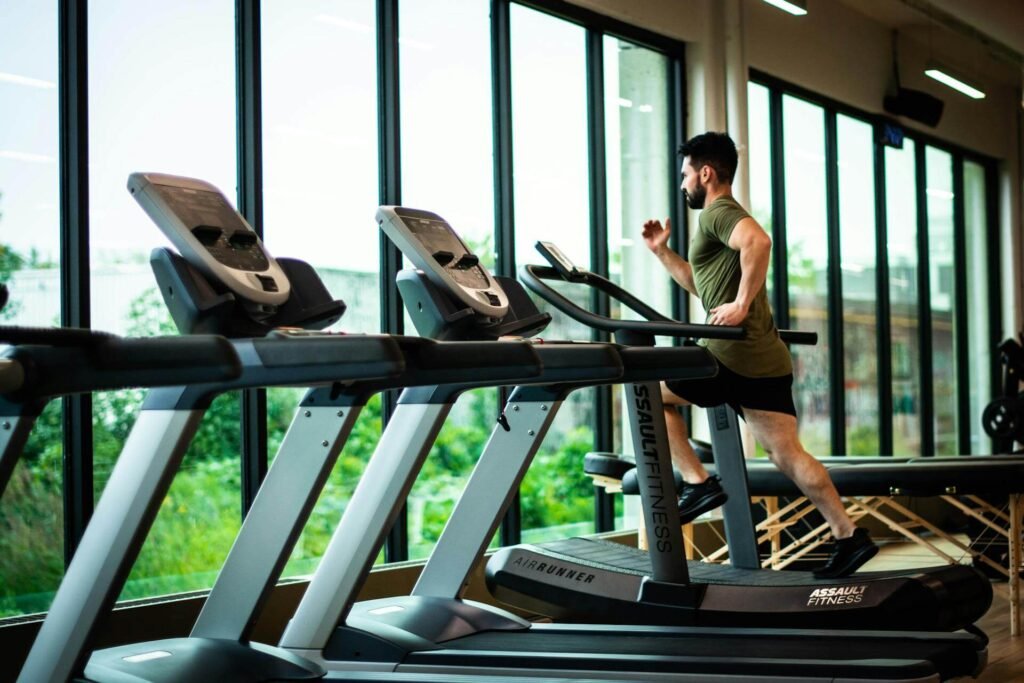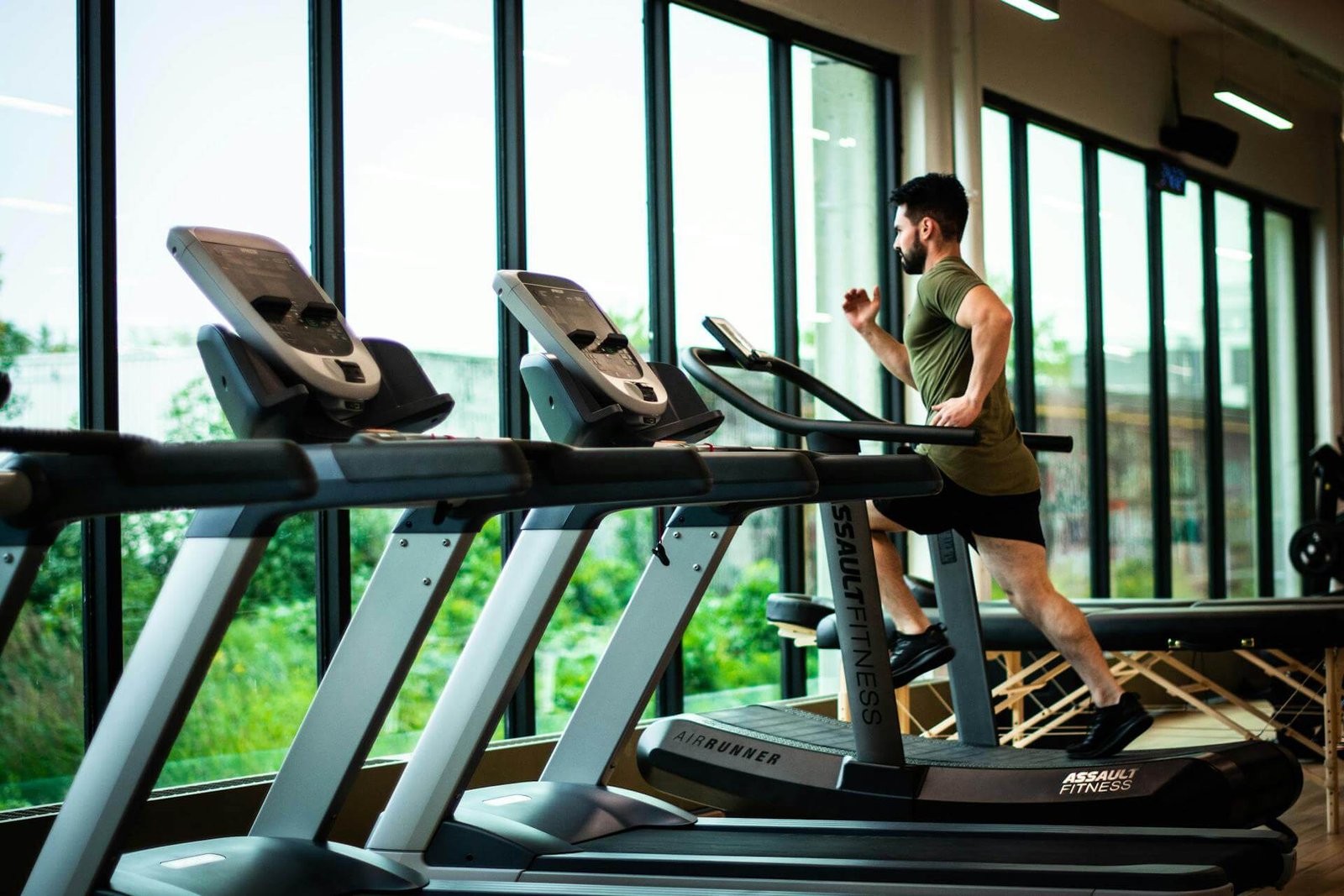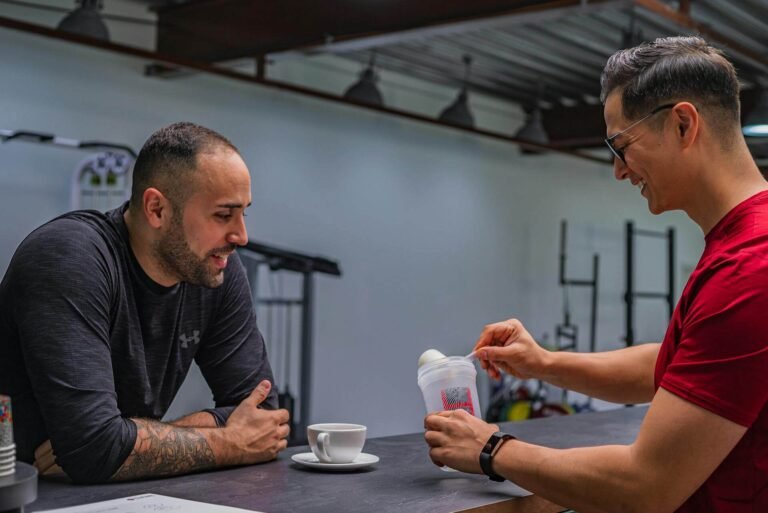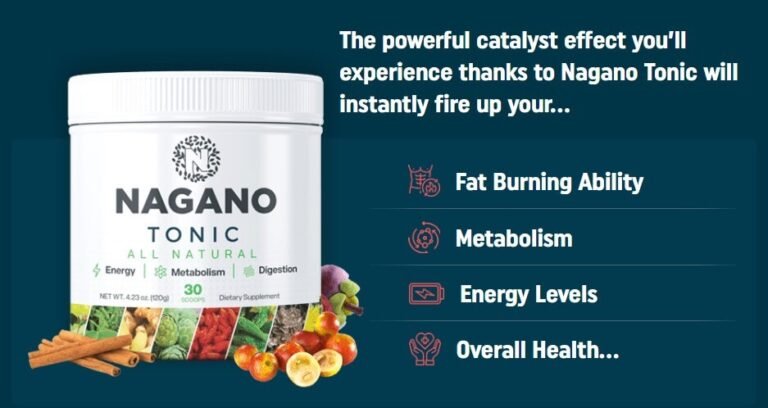
The Ultimate Guide to Losing Weight Without Cardio
When it comes to weight loss, the mainstream narrative often emphasizes cardio as the primary method. However, cardio isn’t the only—or even the most effective—way to shed pounds. You can achieve significant weight loss through a balanced approach that focuses on nutrition, strength training, and lifestyle changes. This guide will walk you through everything you need to know about losing weight without cardio, providing you with practical strategies, emotional support, and actionable advice.
Why Cardio Isn’t the Only Answer
1. The Calorie Equation
At the heart of weight loss is the principle of calories in versus calories out. Cardio burns calories, but it’s not the only way to create a calorie deficit. Strength training, dietary changes, and even simple lifestyle tweaks can also effectively help you lose weight.
2. The Drawbacks of Cardio
While cardio is beneficial for cardiovascular health, relying solely on it for weight loss has its downsides:
- Potential for Burnout: Long sessions of repetitive exercise can lead to fatigue and lack of motivation.
- Overuse Injuries: High-impact cardio like running can cause joint stress and injuries.
- Limited Muscle Growth: Cardio does not significantly contribute to muscle building, which is crucial for long-term fat loss.
The Power of Nutrition: Your Primary Tool for Weight Loss
1. Caloric Control Without Starvation
Effective weight loss starts with understanding your calorie intake. Here’s how to manage it without feeling deprived:
- Focus on Nutrient-Dense Foods: Incorporate more whole foods like vegetables, fruits, lean proteins, and healthy fats. These foods are filling and provide essential nutrients.
- Balance Your Macronutrients: Ensure a healthy balance of proteins, fats, and carbohydrates to keep your energy levels stable and your body nourished.
2. Meal Timing and Frequency
- Regular Meals: Eating at regular intervals can help maintain blood sugar levels and prevent overeating.
- Mindful Eating: Pay attention to hunger and fullness cues to avoid unnecessary calorie intake.
3. Meal Prepping and Planning
Preparation is key to staying on track:
- Batch Cooking: Prepare meals in advance to avoid the temptation of unhealthy convenience foods.
- Portion Control: Use measured containers or pre-portion meals to maintain control over calorie intake.

Strength Training: Building a Lean, Fat-Burning Machine
1. Why Strength Training Works
Strength training builds muscle, which is metabolically active tissue. More muscle means your body burns more calories at rest.
2. Types of Strength Training
- Bodyweight Exercises: Perfect for beginners, exercises like squats, push-ups, and planks can be done anywhere.
- Resistance Training: Using weights or resistance bands adds intensity and promotes muscle growth.
- Progressive Overload: Gradually increase the weight or resistance to continually challenge your muscles and prevent plateaus.
3. Benefits Beyond Weight Loss
- Improved Metabolism: Increased muscle mass leads to a higher resting metabolic rate.
- Enhanced Strength and Functionality: Daily tasks become easier as your body becomes stronger and more resilient.
Lifestyle Adjustments: Small Changes, Big Impact
1. Prioritize Quality Sleep
Lack of sleep can disrupt hormones that regulate hunger and appetite, leading to increased cravings and potential weight gain. Aim for 7-9 hours of quality sleep per night.
2. Manage Stress Levels
Chronic stress triggers the release of cortisol, a hormone linked to increased appetite and fat storage. Combat stress with:
- Mindfulness Practices: Meditation, deep breathing exercises, and yoga can help reduce stress.
- Physical Activity: Gentle activities like walking or stretching can relieve tension without requiring intense cardio.
3. Non-Exercise Activity Thermogenesis (NEAT)
NEAT refers to the calories burned through daily activities such as walking, cleaning, or even fidgeting. Increasing your daily activity level can significantly contribute to weight loss:
- Take the Stairs: Simple choices like opting for stairs over elevators can add up.
- Active Breaks: Stand up and stretch or take short walks during work breaks.
Debunking Common Weight Loss Myths
1. Myth: Cardio is Essential for Fat Loss
Many believe that cardio is necessary to lose fat. In reality, a well-balanced diet and strength training can be equally effective, if not more so, in promoting fat loss and muscle retention.
2. Myth: Strength Training Makes You Bulky
Strength training tones your body and builds lean muscle. The “bulky” look is difficult to achieve without specific training and dietary regimens aimed at muscle hypertrophy.
3. Myth: You Need to Exercise Daily
Rest days are crucial. Your body needs time to recover and build muscle. Overtraining can lead to fatigue, injury, and decreased motivation.
Creating Your Personalized Plan
1. Setting Realistic Goals
- Short-Term vs. Long-Term: Set achievable short-term goals that lead up to your long-term objectives. This keeps you motivated and allows you to track progress effectively.
- S.M.A.R.T. Goals: Make your goals Specific, Measurable, Achievable, Relevant, and Time-bound.
2. Tailoring Your Approach
- Dietary Preferences: Choose foods and meal plans that you enjoy and can sustain long-term.
- Exercise Enjoyment: Select strength training exercises that you find enjoyable to ensure consistency.
Final Thoughts: Embrace a Holistic Approach
Losing weight without cardio is not only possible but also sustainable. By focusing on nutrition, incorporating strength training, and making mindful lifestyle changes, you can achieve your weight loss goals while building a healthier relationship with your body and food. Remember, the journey is about progress, not perfection. Stay consistent, be patient with yourself, and celebrate every small victory along the way.
Ready to embark on this transformative journey? Share your thoughts, experiences, and goals in the comments below. Together, we can inspire and support each other on the path to a healthier, happier life!

Conclusion: Your Journey, Your Victory
You’ve made it to the end of this guide, but this is just the beginning of your transformation. Losing weight without cardio isn’t just a possibility—it’s a powerful reality waiting for you to seize it. By focusing on balanced nutrition, embracing the strength within your muscles, and making mindful lifestyle changes, you’re not just shedding pounds; you’re crafting a healthier, more vibrant version of yourself.
Remember, every small step you take is a victory. Celebrate those moments when you choose strength over shortcuts, when you nourish your body with love, and when you prioritize self-care. This journey is about more than just the number on the scale—it’s about reclaiming your confidence, vitality, and joy.
Summary: A New Path to Weight Loss
Key Takeaways:
- Nutrition is Your Foundation: Focus on nutrient-dense foods, mindful eating, and portion control.
- Strength Training is Your Ally: Build muscle to boost your metabolism and burn fat more effectively.
- Lifestyle Changes are the Secret Sauce: Prioritize sleep, manage stress, and stay active in everyday life.
- Myth-Busting Truths: Cardio isn’t the only path to weight loss—strength training and a balanced diet can be just as effective.
Now it’s time to take what you’ve learned and make it work for you. What’s your first step? Is it swapping out a meal for a healthier option, picking up those dumbbells, or simply getting a good night’s sleep? Share your plan, struggles, and victories with us in the comments. Let’s support each other on this incredible journey to a healthier, happier life!
FREQUENTLY ASKED QUESTIONS(FAQs)
1. Can I really lose weight without doing any cardio?
Absolutely! Many people successfully lose weight by focusing on a balanced diet, strength training, and lifestyle changes. Cardio is not the only way to burn calories. By building muscle and managing your nutrition, you can create a calorie deficit that promotes weight loss—without the need for cardio workouts.
2. How do I stay motivated without the rush of a cardio workout?
Motivation comes from seeing progress and feeling empowered. Strength training provides visible results like increased muscle tone and improved strength, which can be incredibly motivating. Also, focusing on how you feel—more energized, confident, and strong—can keep you driven. Remember, this journey is about finding joy in the process, not just the results.
3. Won’t I miss out on the heart-health benefits of cardio?
While cardio is excellent for heart health, strength training also offers cardiovascular benefits, especially when performed in circuits or with minimal rest between sets. Additionally, combining strength training with an active lifestyle—like walking, gardening, or playing with your kids—can keep your heart healthy.
4. What if I don’t have time for long workout sessions?
The beauty of strength training is its efficiency. Even short sessions of 20-30 minutes can be effective. Focus on compound exercises that work multiple muscle groups simultaneously, like squats, deadlifts, and push-ups. These moves give you more bang for your buck in less time.
5. How do I handle cravings and emotional eating without relying on cardio to burn off extra calories?
Managing cravings starts with understanding their triggers. Are you truly hungry, or are you eating out of boredom, stress, or habit? Practice mindful eating by slowing down, savoring your meals, and listening to your body’s hunger cues. If cravings strike, opt for a healthier alternative or distract yourself with a non-food activity like a walk or a hobby you love.
6. I’ve hit a weight loss plateau without cardio. What should I do?
Plateaus are a normal part of any weight loss journey. To break through, consider adjusting your calorie intake, changing up your strength training routine, or focusing on improving other lifestyle factors like sleep and stress management. Sometimes, a small tweak can reignite your progress.
7. How can I build a workout routine without a gym membership?
You don’t need a gym to get started! Bodyweight exercises like squats, lunges, push-ups, and planks can be done anywhere. If you have access to resistance bands or a set of dumbbells, even better. Start with what you have, and remember, consistency is more important than equipment.
8. Will I bulk up too much if I focus on strength training?
This is a common concern, but rest assured, building significant muscle mass takes a lot of time, effort, and specific training. Strength training will help you build lean, toned muscles, making you look more fit and sculpted rather than bulky.
9. How soon will I see results if I skip cardio?
Results vary for everyone, but with consistent strength training, a balanced diet, and healthy lifestyle changes, you may start to see improvements in your energy levels, strength, and even body composition within a few weeks. Visible weight loss might take a bit longer, depending on your starting point and goals. Remember, sustainable progress is key.
10. What should I eat before and after strength training?
Before your workout, fuel your body with a combination of protein and carbohydrates for sustained energy. A banana with peanut butter or a small protein smoothie works well. After your workout, focus on protein to aid muscle recovery and a small amount of carbs to replenish energy. Think grilled chicken with sweet potato or a protein shake with fruit.
11. Can strength training help me target belly fat?
Spot reduction, or losing fat from a specific area, isn’t possible. However, strength training helps you build muscle, which can boost your metabolism and aid overall fat loss, including stubborn belly fat. Combine this with a healthy diet and stress management for the best results.
12. Is it okay to mix strength training with other forms of exercise?
Absolutely! While this guide focuses on weight loss without cardio, combining strength training with other forms of exercise like yoga, Pilates, or even occasional cardio can enhance your overall fitness and prevent boredom. The key is finding a balance that works for your body and lifestyle.
13. How do I prevent injury while strength training?
Proper form is crucial. Start with lighter weights or bodyweight exercises to master the correct techniques. If you’re unsure, consider working with a fitness professional or following reputable online tutorials. Also, always warm up before your workout and cool down afterward to keep your muscles flexible and prevent strain.
14. Can I do strength training every day?
Your muscles need time to recover and grow. It’s best to alternate muscle groups or have rest days between strength training sessions. A typical schedule might be strength training 3-4 times a week, focusing on different muscle groups each day.
15. What if I don’t see the scale moving?
Weight is just one measure of progress. You might be losing fat and gaining muscle, which can offset changes on the scale. Pay attention to other indicators like how your clothes fit, your energy levels, and your overall strength. Photos and body measurements can also provide a clearer picture of your progress.
16. How can I stay consistent when life gets busy?
Consistency is about creating a routine that fits into your life, not the other way around. Even on busy days, try to squeeze in short workouts, make healthy food choices, and stay active. Remember, progress is made through consistent efforts over time, not perfection.
17. What role does hydration play in weight loss?
Staying hydrated is essential for overall health and can aid in weight loss. Water helps with digestion, keeps you full, and can sometimes be mistaken for hunger. Aim to drink at least 8-10 cups of water a day, more if you’re active.
18. Can I still indulge in my favorite foods?
Yes! The key to sustainable weight loss is balance. Allow yourself occasional treats and indulgences, but in moderation. This prevents feelings of deprivation and helps you maintain a healthy relationship with food.
19. How do I deal with setbacks or lack of motivation?
Setbacks are a normal part of any journey. When motivation wanes, remind yourself of your why—the reasons you started this journey. Reflect on how far you’ve come and focus on the small wins. Surround yourself with supportive communities or friends who can encourage you to stay on track.
20. Do I need supplements to lose weight without cardio?
Supplements aren’t necessary for weight loss, but they can be helpful in certain situations. For example, protein powders can be a convenient way to meet your protein needs, and multivitamins can fill in nutritional gaps. However, focus on getting most of your nutrients from whole foods. Always consult a healthcare professional before starting any supplement regimen.
21. What’s the best way to track my progress without focusing solely on weight?
There are several ways to measure progress beyond the scale:
Body Measurements: Track changes in your waist, hips, and other areas.
Progress Photos: Take photos every few weeks to visually document your journey.
Strength Gains: Note improvements in your strength, like lifting heavier weights or completing more reps.
Energy Levels and Mood: Keep a journal to track how you feel physically and emotionally
22. How does strength training affect metabolism?
Strength training helps increase muscle mass, and muscle is metabolically active tissue, meaning it burns more calories at rest than fat. As you build muscle, your resting metabolic rate (the number of calories your body burns at rest) increases, which can aid in weight loss over time.
23. What’s the difference between losing weight and losing fat?
Weight loss refers to a decrease in overall body weight, which can include muscle, fat, and water loss. Fat loss specifically targets the reduction of body fat. Strength training helps you lose fat while preserving or even building muscle, leading to a healthier and more toned physique.
24. Can I lose weight if I have a sedentary job?
Yes! Even with a sedentary job, you can lose weight by focusing on nutrition, incorporating strength training, and finding ways to increase daily activity. Try standing or stretching breaks, short walks, or desk exercises to stay active throughout the day.
25. How can I manage social situations like dining out or parties while trying to lose weight?
Social events don’t have to derail your progress:
Plan Ahead: Check menus in advance and choose healthier options.
Balance Your Plate: Fill half your plate with veggies, a quarter with protein, and the remaining quarter with carbs.
Mindful Indulgence: Enjoy your favorite treats in moderation, and balance them with healthier choices during the day.
Stay Hydrated: Drinking water can help you feel full and reduce the likelihood of overeating.




